For seven decades, survivor testimony has been the centerpiece of Holocaust commemoration.
But with the world’s community of aging survivors rapidly shrinking and global understanding of the genocide that killed 6 million Jews declining, advocates of Holocaust remembrance are seeking new and creative ways to share witnesses’ stories with younger generations.
Much as Anne Frank’s diary gripped the older generations, an Instagram account based on a true 13-year-old Jewish victim’s journal, called Eva.Stories, is generating buzz among the young.
“If we want to bring the memory of the Holocaust to the young generation, we have to bring it to where they are,” said the project co-producer, Mati Kochavi, an Israeli high-tech billionaire who hails from a family of Holocaust victims, survivors and educators. “And they’re on Instagram.”
https://www.instagram.com/p/BwzDi11HF5d/
Kochavi and his daughter, Maya, have created a series of 70 Instagram stories that chronicle the downward spiral of Eva Heyman’s life in the fateful spring of 1944 when the Nazis conquered Hungary.
Heyman was one of approximately 430,000 Hungarian Jews who were deported to Nazi concentration camps between May 15 and July 9, 1944. Of the estimated 6 million Jews killed in the Holocaust, around 568,000 were Hungarian, according to Israel’s Yad Vashem Holocaust memorial.
Heyman’s tale, produced as a Hollywood-style movie with a cast of foreign actors and multi-million dollar budget, will stream throughout Israel’s Holocaust Remembrance Day, which begins at sundown Wednesday. The installments appear as if Heyman had owned a smartphone during World War II and was using Instagram to broadcast her life updates.
The story went live Wednesday afternoon, opening with Heyman’s happier adolescent experiences then darkening as night falls. The Nazis tighten their hold on Hungary’s Jews, confiscating her family’s business, belongings and home, deporting Heyman to the ghetto and ultimately to the Auschwitz death camp. The story’s climactic event is timed to follow Israel’s two-minute siren that wails nationwide on Thursday, bringing the country to a standstill at 10 a.m., in annual commemoration of Jewish Holocaust victims.
Even days before the series’ release, the account had amassed over 180,000 followers.
One of them was Israeli Prime Minister Benjamin Netanyahu, who posted a video to Instagram on Monday urging Israelis to follow the account and spread stories of survivors via social media in order to “remind ourselves what we lost in the Holocaust and what was returned to us by the creation of the state of Israel.”
“What if a girl in the Holocaust had Instagram?” asked the trailer, released on Sunday. The brief film shows simulated cellphone footage of Heyman’s fictionalized life, from dancing with friends and a birthday with her grandparents, to Nazi troops marching through the streets of Budapest.
Dozens of Holocaust victims kept diaries of their experiences, with the best known work written by Anne Frank.
The Kochavis pored over scores of the diaries before deciding on Heyman, who, Maya Kochavi said, is the kind of girl “a modern kid in 2019 could connect to,” with an unrequited middle school crush, family drama and grand ambitions to become a news photographer.
They hope Heyman’s firsthand account will engage otherwise disinterested or uninformed youth.
Yet the concept is not without controversy. While the bulk of the feedback appears to be positive, some critics fear the story, with its internet lingo, hashtags and emojis, risks trivializing Holocaust atrocities.
“A cheapening of the Holocaust compressed into Boomerang,” one Instagram user, Dor Levi, wrote in Hebrew in response to the trailer. He facetiously remarked that “the place for commemorating the Holocaust and getting the message across is on Instagram, between the butt of a random model and a video of a chocolate cake.”
Maya Kochavi said she anticipated backlash. But she defended Instagram as a place where “lots of very intense and very powerful movements are happening,” with potential to convey history’s relevance at a time when anti-Semitism is surging in parts of the world, and Holocaust deniers are amplifying their dangerous messages online.
“It is frightening but quite clear to me. We might be the last generation that really remembers and cares about the Holocaust,” said her father.
The Kochavis said that as part of their work, they found that a tiny fraction of social media conversations about the Holocaust in the U.S. and Europe are young people. Their research resonates with recent studies by the Conference on Jewish Material Claims Against Germany revealing significant gaps in Holocaust knowledge among American millennials.
As physical relics disintegrate and human memories fade, Eva’s Instagram story contributes to a growing push by Holocaust museums and memorials to capture young people’s attention with interactive technology, such as video testimonies, apps and holograms.
The efforts aim, Maya said, “to make monumental historical events tangible and relatable,” and to preserve stories of witnesses in perpetuity.
(AP)

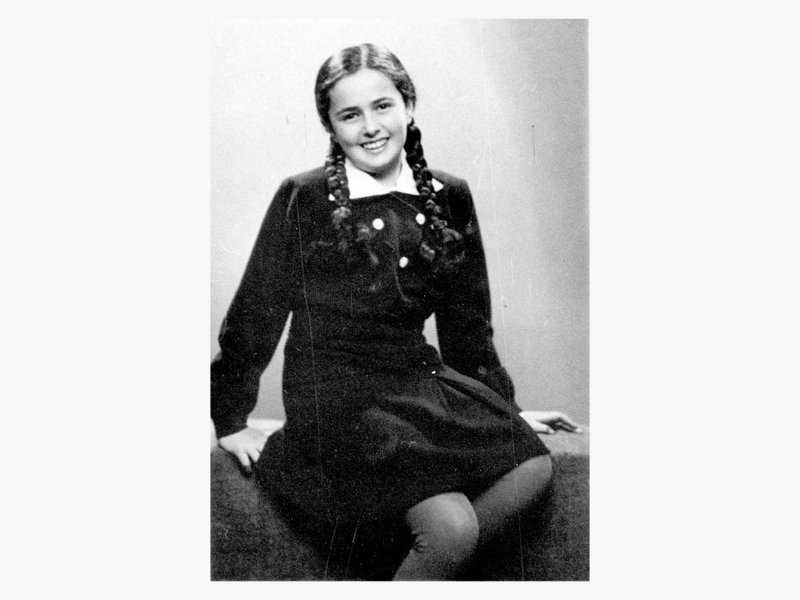
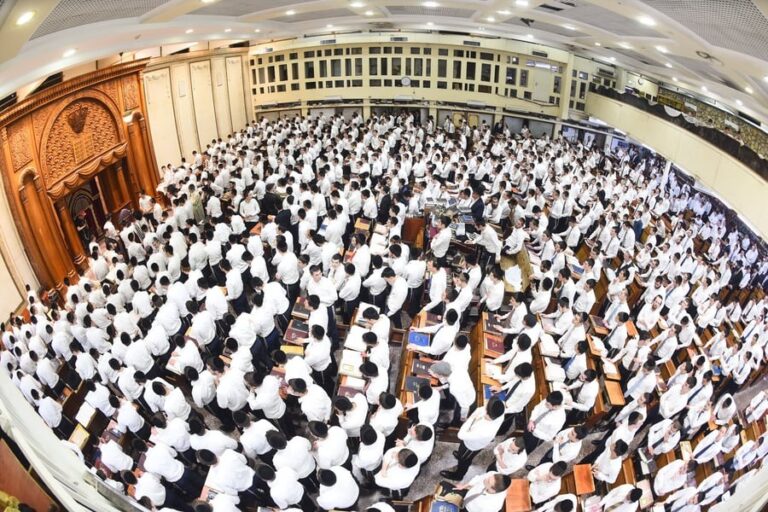






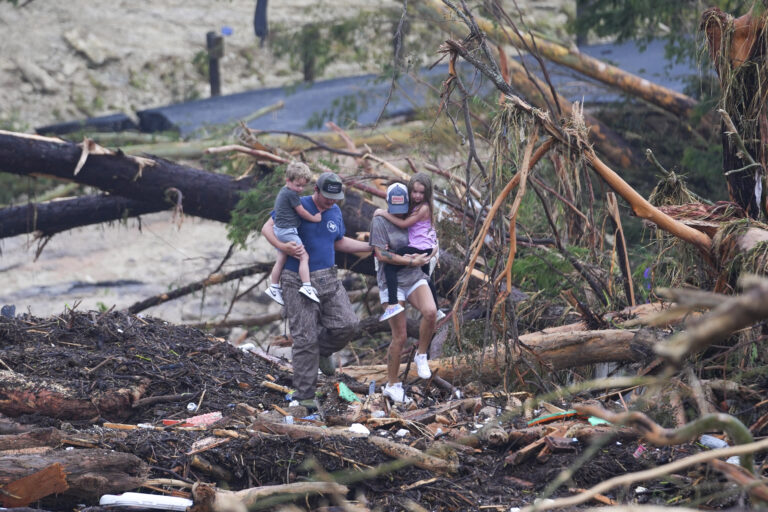
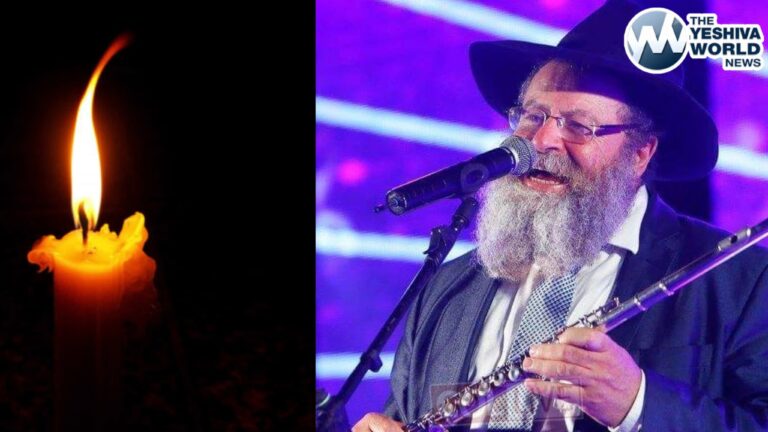
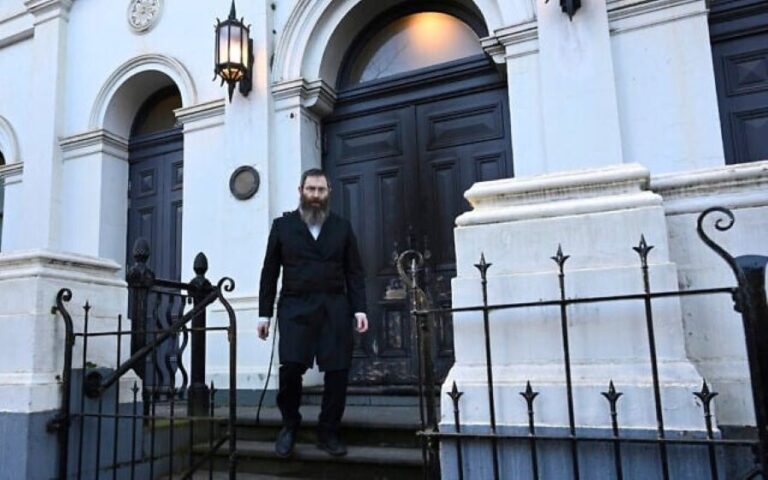
2 Responses
Would any godol or rov look at this picture or permit it being passed around to men?
I am having mixed feelings about this. First of all, Eva Heyman is seeing us use her image to promote Holocaust in ways younger generations can relate. Would she like us using her for Instagram stories? In her times, such a thing was not even heard of. There were no cellphones, to begin with. I can’t even imagine Nazis allowing Jews to carry their cellphones with them once they’ve taken over the country. It would be one of their first Nuremberg Laws to ban social media!
If that’s not the point, then besides the fact that Holocaust survivors and Rabbis who may not have a say in the matter, is it truly ethical?
If it’s about educating the generation because of what’s going on now, I am positively sure there are other ways to teach what happened.